The fastest cat on four wheels was created especially to beat the legendary Shelby Cobra back in the days.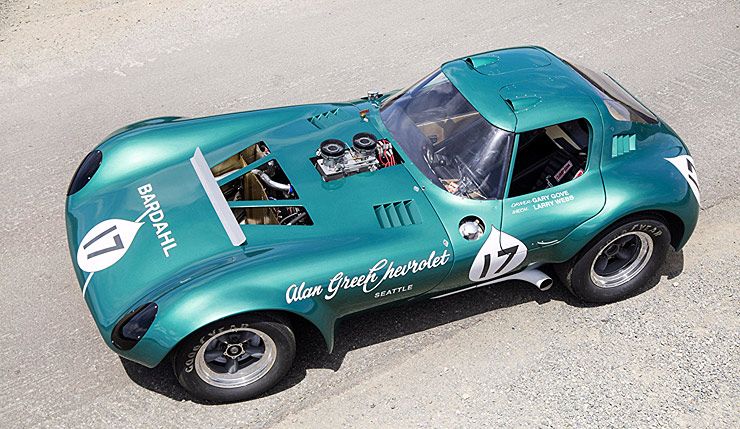
The three major American manufacturers, united in the AMA, had agreed not to race in the late 1950s, so there were no Works teams. Until 1962 the SCCA production class was mainly dominated by Corvettes modified in the drivers’ backyards.
But that year Carroll Shelby dramatically changed American road racing by unleashing the legendary Cobra. Shelby quietly received backdoor support from Ford, who threaded very carefully not to the break the AMA agreement.–
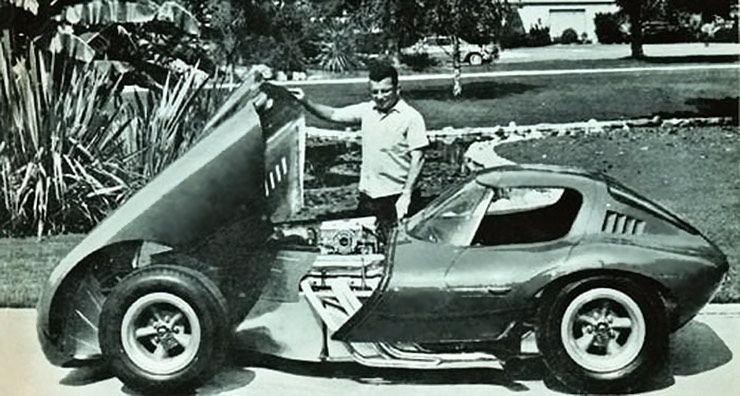
When Shelby introduced the Cobra, Bill Thomas, who was also known as “Mr. Corvette”, an engineer by training and one of the Corvette racing car builders approached Chevrolet with a plan to strike back with a request for support to build a competitor for the Cobra using Corvette mechanicals. His idea was well received and Thomas went ahead to start the development of the ‘Cheetah’. There was one major hump in the road ahead as at least 100 examples were going to have to be produced before the Cheetah could race in the Cobra’s class in SCCA sanctioned events.–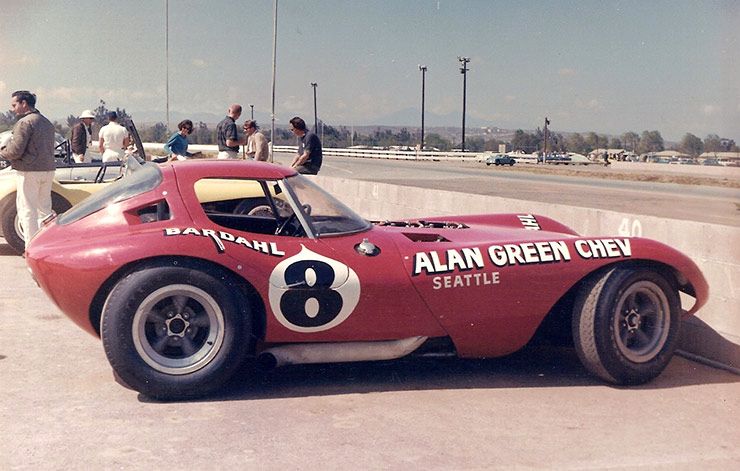
Setting up shop in Anaheim, California, with master fabricator Don Edmunds, he’d build 100 fiberglass-bodied Chevrolet-powered coupes to satisfy FIA homologation requirements.
Thomas took the Corvette small-block V8 engine as the starting point for the project. He increased the displacement to over 6 liters and fitted it with Rochester Fuel Injection, which he himself had developed.
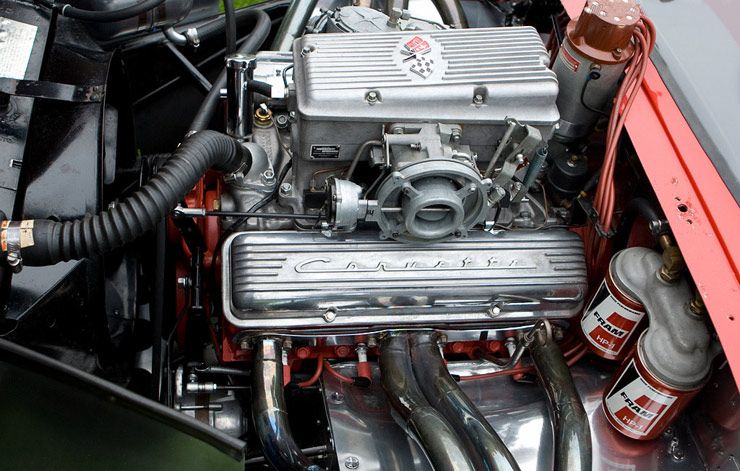
Maximum power is said to have been around 520 hp, which was phenomenal in those days. The innovation didn’t stop there, as Mr. Thomas used an advanced spaceframe chassis, seen at that time on European racers, and managed to distribute the weight almost perfectly between the front and rear axles (48:52 front/rear).After some delays, the first example was ready towards the end of 1963 and it seemed unlikely that the 100 car production run would be completed before the 1964 season would start. With a 200 kg and 150 bhp advantage over the small-block Cobras the Cheetah would form a real threat.
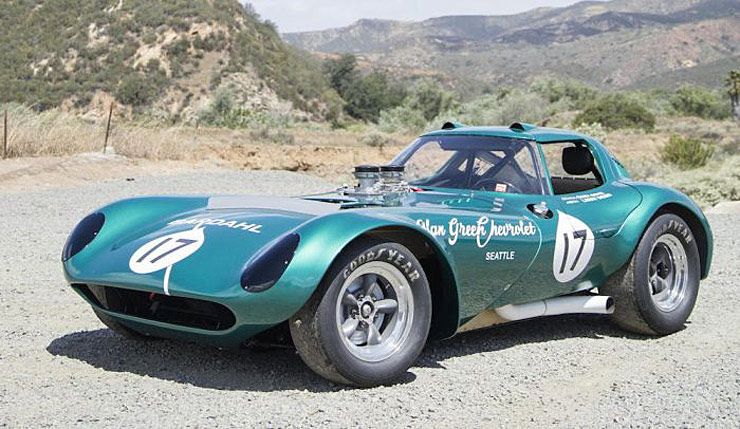
How did it perform? How does 185 mph on the high-speed section of Road America at Elkhart Lake, Wisconsin, sound? Or, 215 mph at Daytona? A quote from Titus was very matter-of-fact, “Cobras, Stingrays, and other ferocious beasts, watch out! Next year [1964], you may find yourselves listed as ‘Also-Ran!”
Sadly nowhere near enough examples were produced and Thomas’ creation had to race in the specials class against the mid-engined sports racers like the Chaparral 2A.Nevertheless, the Cheetahs managed to score eleven victories in minor races and proved to be remarkably competitive against the altogether more advanced mid-engined racers.
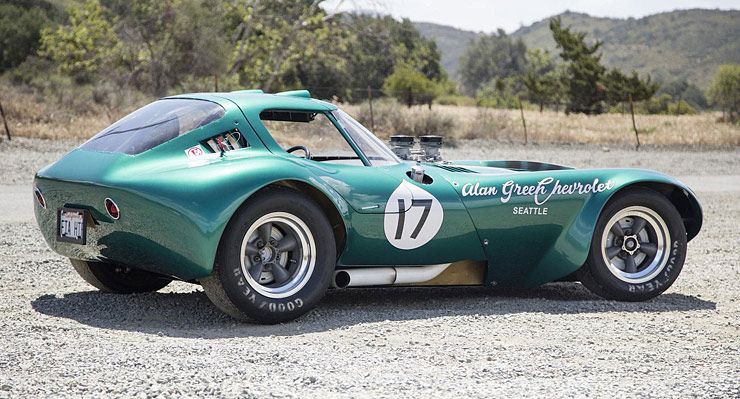
Alas, the FIA changed its rules in the early months of 1964, upping the production requirement for GT cars to 1,000 at the start of the 1965 racing season.
Unfortunately, just as the Cheetah started to rise as a true “Cobra Killer”, Thomas’ shop burned to the ground. Shortly after, Chevrolet had a change of heart and decided to drastically reduce its racing program, so the Cheetah’s career came to an abrupt end.








